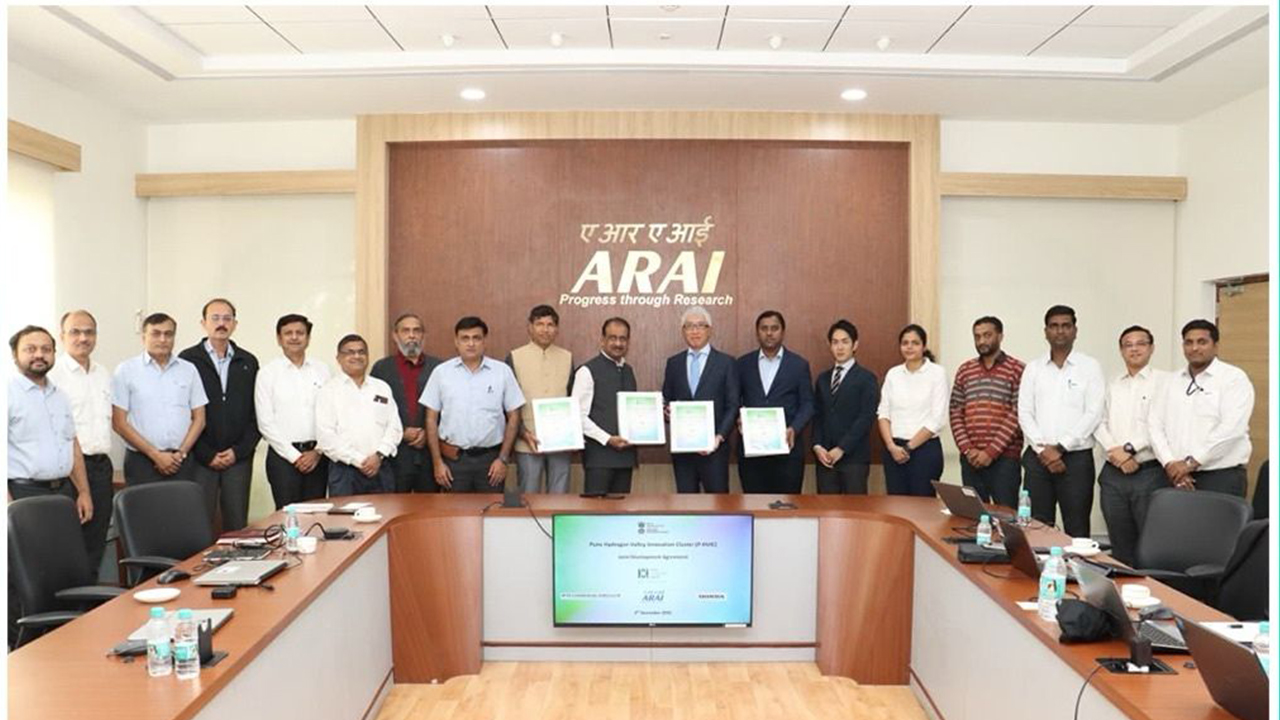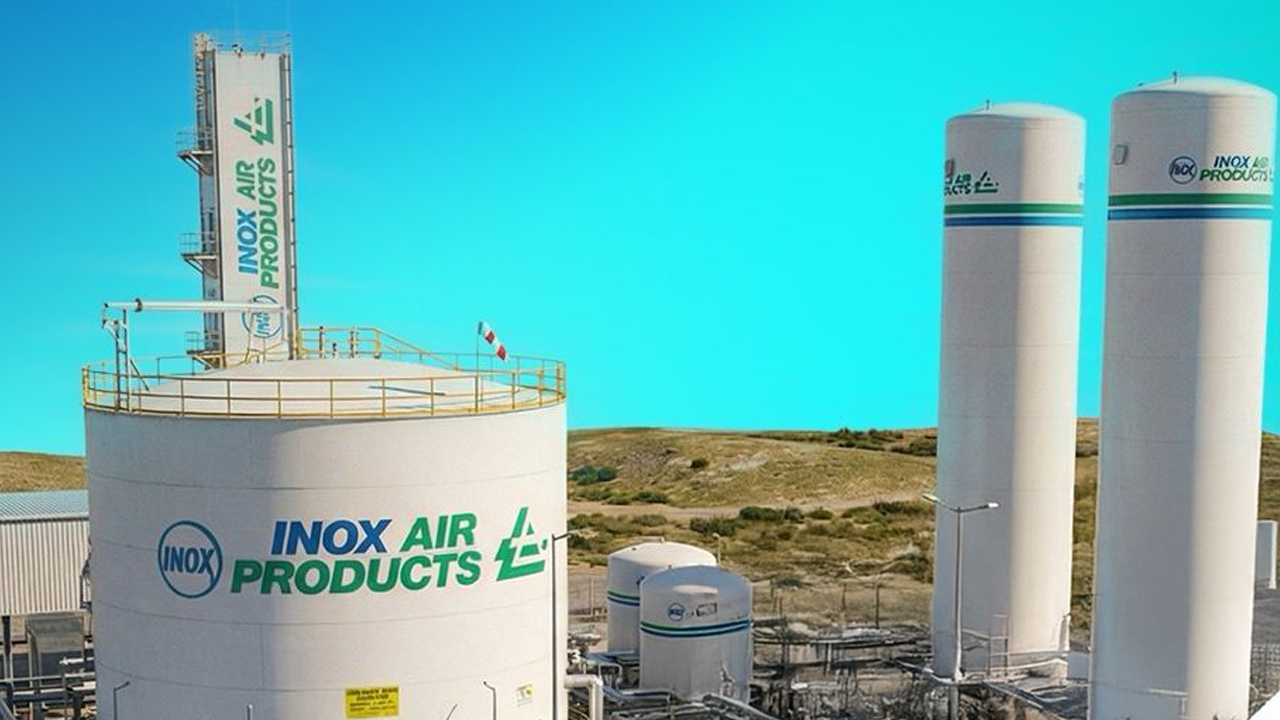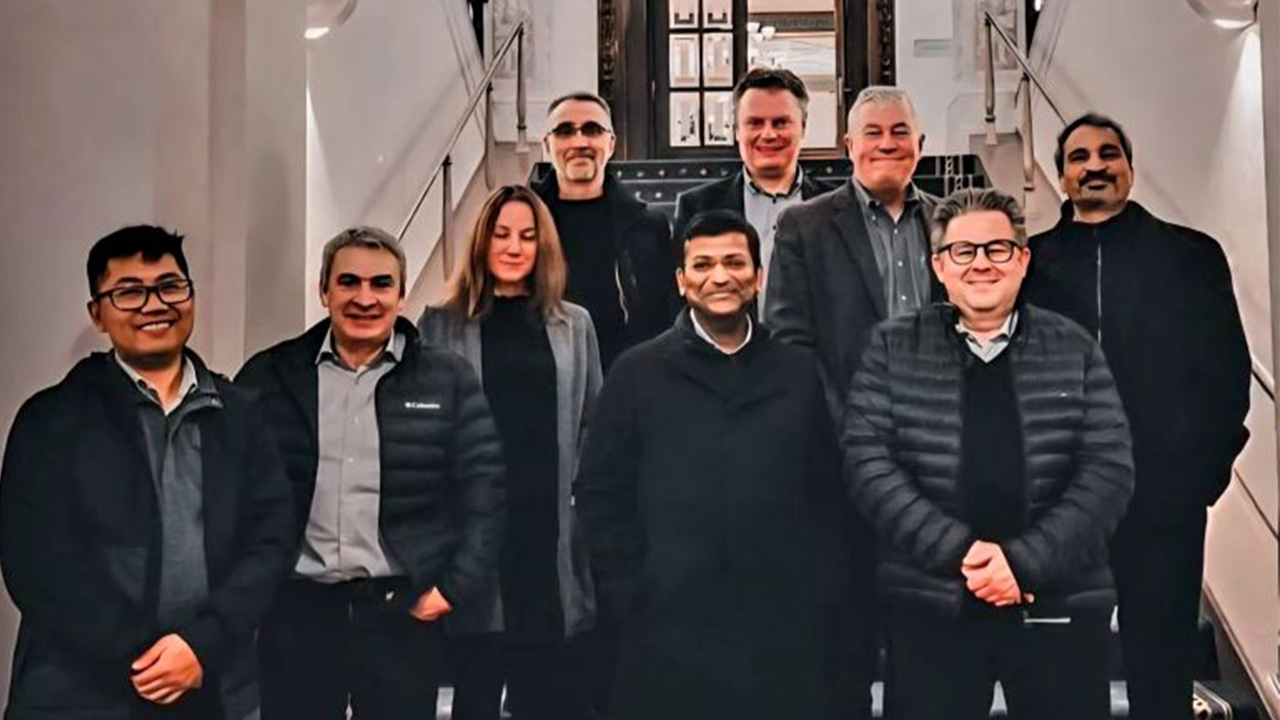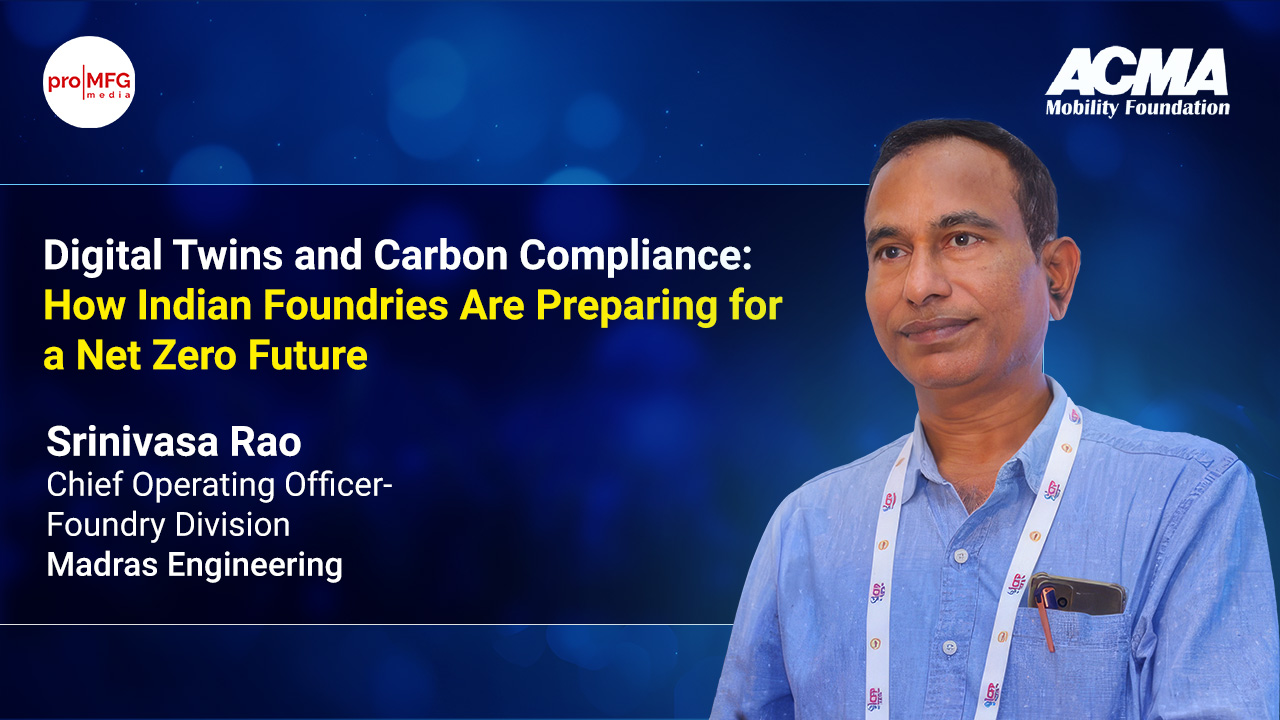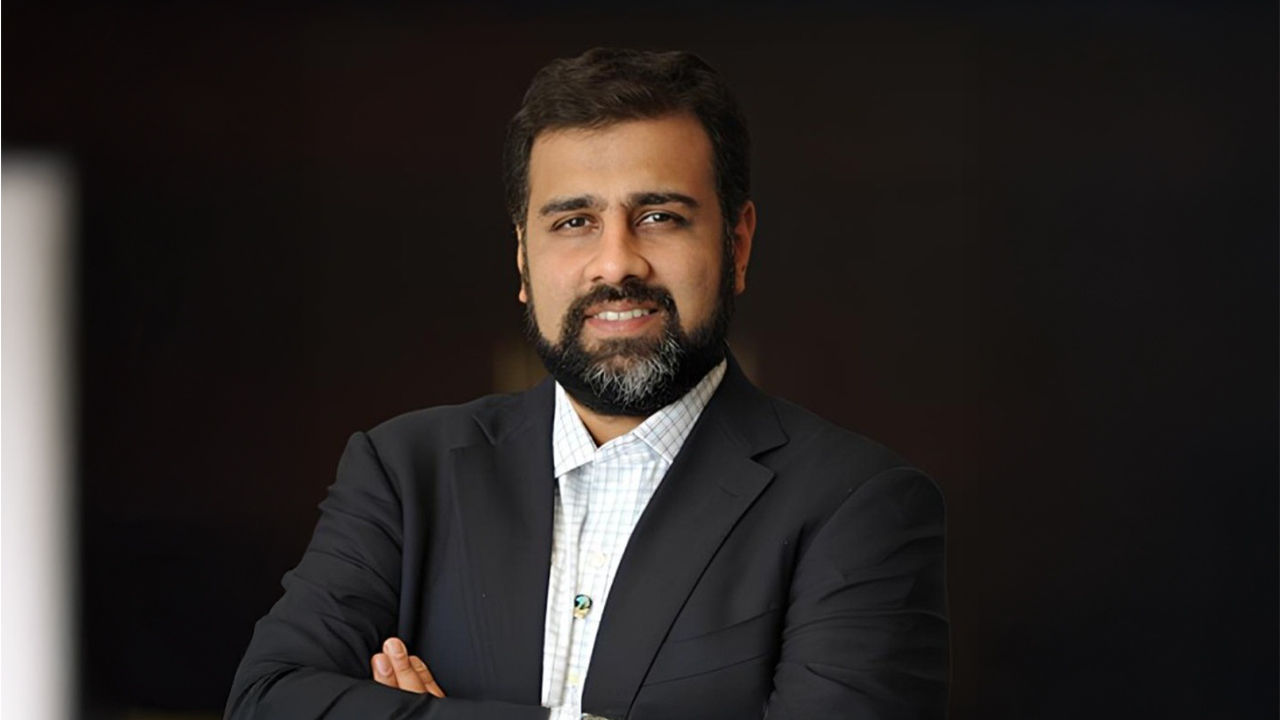Understanding Circular Economy for better Sustainability
#Biofuelcircle #Circulareconomy #Sustainability #ESG #Biofuels #AgroeconomyAfter automated,smart and then connected economies, circular economies are being talked about. In concept it seems to be quite straightforward, circular economy will not have you run in circles before you know where to begin and how to get into it.
Pro MFG Media had an exclusive conversation with Mr Suhas Baxi, Co-founder of the BiofuelCircle and a seasoned corporate campaigner to understand the concept of bio-energy and its application to circular economy for improved sustainability.
What actions the manufacturing industry and other stakeholders need to take to overcome the challenges of climate change?
We're talking about addressing climate change challenges, specifically around the consumption of energy. The overall economic footprint around the world is driven by consumption of energy. The Industrial Revolution and Information Revolution has created a scenario where human civilization depends very heavily on the role of energy. Sustainability and sustainable development is all about, how do we slowly move away from the use of fossil fuels in our day to day lives. And that is where manufacturing industry and industry at large, has to play a significant role. Currently, 18% of the global energy consumption is based on renewable resources, and biomass & biofuels have a big role in enhancing the ratio.
Could you please highlight the role of technology in the evolving energy mix? And how is the bio energy momentum building?
There are different views on the extent of impact that solar-based and wind-based energy can have, however biofuels and biomass shall continue to play a significant role in the global energy mix. If you are able to use biomass for converting it into liquid fuels and gaseous fuels, one would be in a position to have a role of bioenergy in different spheres of economic activity. Biofuel is taking a prominent role in industrial and commercial areas including IC engines.
India has a steeper learning curve in terms of moving towards gaseous forms of energy in industrial, domestic and commercial consumption. The technology development roadmap that CBG - Compressed BioGas has chalked out for it, is poised to play a pivotal role in creating choices. instead of incinerating biomass it can be converted to biofuels in liquid and gaseous forms that could be transported over a longer distance. Liquids and gases can be used not only in industry, but also in commercial and domestic consumption, that has the potential to impact the overall energy mix.
When we talk about the biofuels supply chain, could you please elaborate on its components, and its benefits for a circular rural economy?
The first part of the supply chain, every residue which is organic, which has some kind of fuel value (hydrocarbons) can be the source of bioenergy. We as a country have close to 600 million tons of agricultural residue which is created every year. It has various uses, one of it is fodder. After taking away the fodder consumption, we still have 235 million tons of agricultural residue biomass. The second part of the supply chain is the collection mechanism and harnessing of the biomass. How do you make sure that biomass, scattered in fields across the country, is brought in aggregate.
Now, agro-waste by its virtue is seasonal in nature. But the process of energy generation from biomass has to be a continuous process. So, the third important element of the supply chain is Storage. One starts from the farm with the biomass to harness it, aggregating it and storing it. These are the four important elements on the rural side. The stored biomass is then processed. Processing is all about compacting it and densifying which is the fourth element of the supply chain.
At the bioenergy plant one could incinerate this compacted biomass or use it for conversion into other forms of energy such as biofuel, in liquid or gaseous forms. There is sludge created as a byproduct of the process which is similar in chemical properties to fertilizers. It's the next element of the supply chain – taking the sludge back to the farm as fertilizer for the next produce.
And that forms the full circle, agro-waste being aggregated to harness fuel out of it and then sending the residue back to the farm to fertilize the next crop. This achieves the complete and sustainable circular economy!
BiofuelCircle is a cloud-based digital ecosystem for bio-energy supply chain that connects rural ecosystems of raw-materials to the urban industrial systems – the consumers in a way that is not only economical but also sustainable and working towards a carbon neutral landscape.
NEWSLETTER
TRENDING ON PRO MFG
MORE FROM THE SECTION




